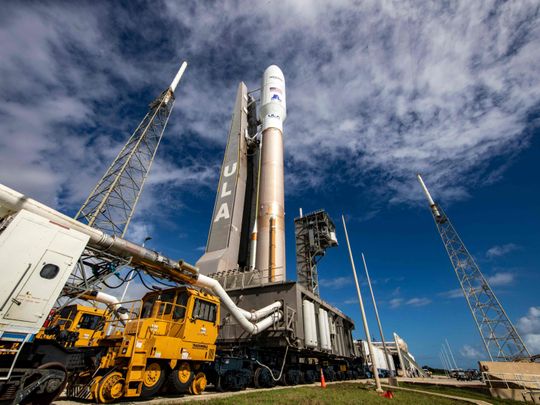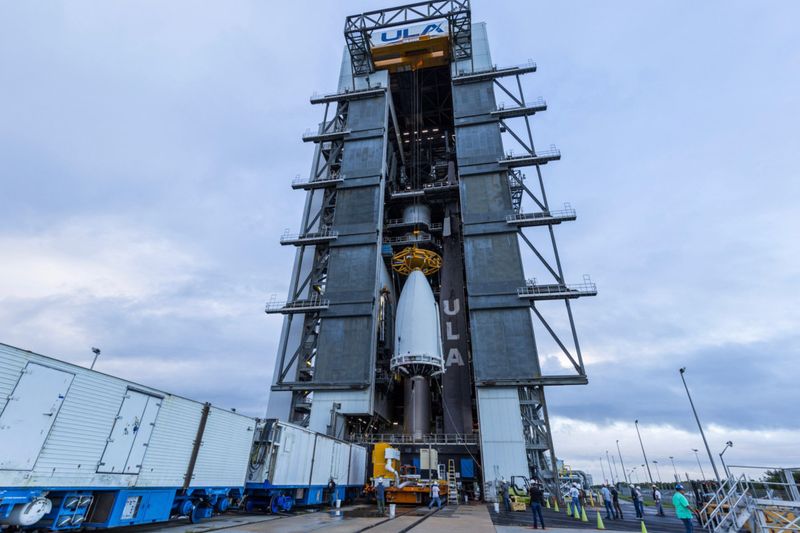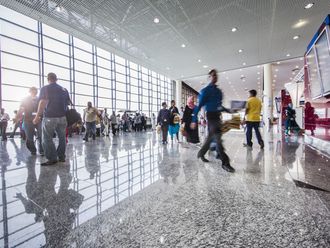
New York: Amazon.com has launched and started communicating with its first two satellites for its Project Kuiper, the tech giant’s initiative to build a massive constellation of satellites that can provide internet coverage to Earth.
An Atlas V rocket, operated by United Launch Alliance, lofted the pair of satellites en route to orbit from Florida at 2:06 pm local time Friday. The company said late Friday in a blog post that it made first contact with the satellites a little less than an hour later.
Project Kuiper’s goal is to eventually put 3,326 satellites into low Earth orbit, where they will beam broadband internet service to the ground below, similar to Elon Musk’s SpaceX Starlink. The two launched Friday, KuiperSat-1 and KuiperSat-2, are test satellites that will allow Amazon to demonstrate the ability to send and receive broadband signals.
This mission has been long delayed. Amazon originally hoped to launch these satellites a year ago on a different, experimental rocket. However, the company wound up switching the launch vehicle for these satellites multiple times, eventually landing on ULA’s workhorse Atlas V rocket, in order to get the satellites into space more quickly.

Its two relatively small test satellites, thought to weigh between 1,300 and 1,550 pounds (600 and 700 kilograms) each, were the only payloads on board the Atlas V rocket, which is capable of launching up to 44,000 pounds of cargo to low-Earth orbit.
“It’s like using a tractor-trailer to transport a couple of suitcases,” said Brian Weeden, director of program planning for the Secure World Foundation, a space sustainability nonprofit. “But I don’t think they had any other choice.”








